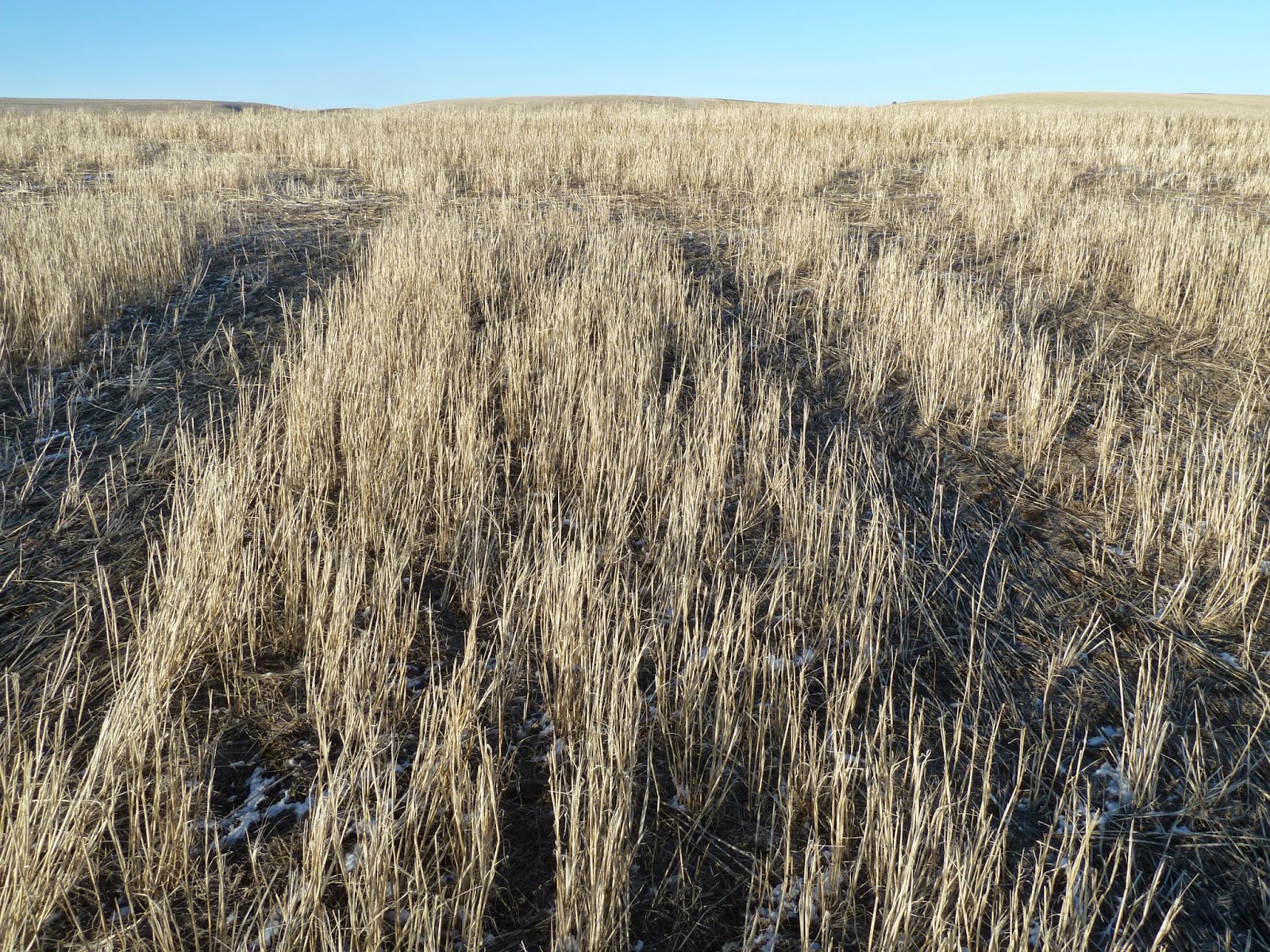[Update--12/29/14]----A clarifying point for me: Compost is a great product to add to our cropland for increasing O.M. However, it is termed "very dead"meaning that it will not support the biological life in our soils. It enters our soils as "humus" and supports soil structure and, hence, water holding capacity of the soil. That's logical when you think about it. All the energy is burned out in the composting process, making the "dead" into the "very dead". Interesting terminology for plant and animal material -- living, dead, and very dead.
"BUILDING SOIL for BETTER CROPS". One needs to study this as a bible for soil health. It is the best and most concise publication I have seen in relatively easy to understand language. This is not a "HOW TO" direct seed book. It's more basic than that. Don't get caught up in the details. Learn the concepts. An understanding of the interrelationships of the soil fauna and flora will stimulate your thought process for designing a successful management plan to build soil, and reduce commercial fertilizer and pesticide input.
It appears evident to me that the first priority for us is to get more diversity, and more biomass on our cropland -- a lot of it. For those of us that have been direct seeding for several years and have experienced some soil improvement, the time required to improve soil health to the point of sustaining crops will be quicker, than those starting from tilled ground.
Dirt is basically dead. Soil is a live, breathing organism. For most of our lifetime we have been tilling soil to dirt (death). We have to have a "thought transplant", before our life sustaining organ (soil) completely stops providing. As our hilltops and sides lose productivity, we will be left with bottoms, until they are farmed out in another generation or two. To continue down the tillage path means that our crops will eventually be grown with 100% commercial inputs. Dirt will be for holding the plant upright in place.
You can download the pdf. file at: < http://www.google.com/search?client=safari&rls=en&q=Building+soils+for+better+crops&ie=UTF-8&oe=UTF-8 > (copy and paste the URL, or google "Building Soils for Better Crops"
Below is a pic from a soil pit at the Aeschliman farm SW of Colfax, Wa. showing Carbon strings reaching deep (3-4 feet) in the soil profile following what appears to be root channels or worm holes. To me this is amazing. [The white (washed out) area at the bottom is the surface vegetation of the near bank of the soil pit.]






